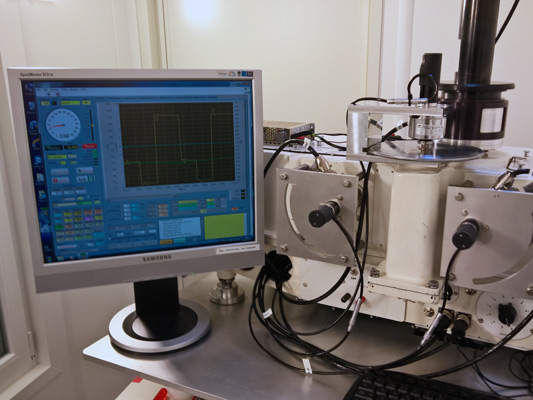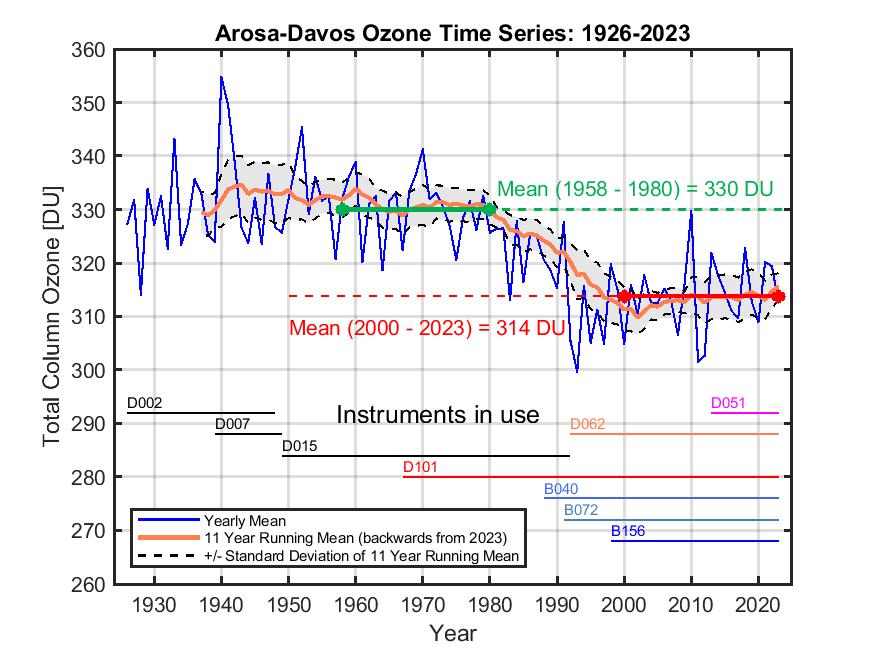Overview
The Arosa/Davos Total Column Ozone (TCO) time-series represents the World’s longest continuous dataset, starting in 1926. It is composed of measurements from three Dobsons and at a later stage from three Brewer spectrophotometers. Operational measurements moved to the PMOD/WRC, Davos, in 2018/2019 for logistical reasons, hence ensuring the future continuity of TCO measurements. The observation of an eventual recovery of the ozone layer requires uninterrupted measurements of the highest quality, spanning several decades, and extending the current dataset to at least the middle of the 21st century.





